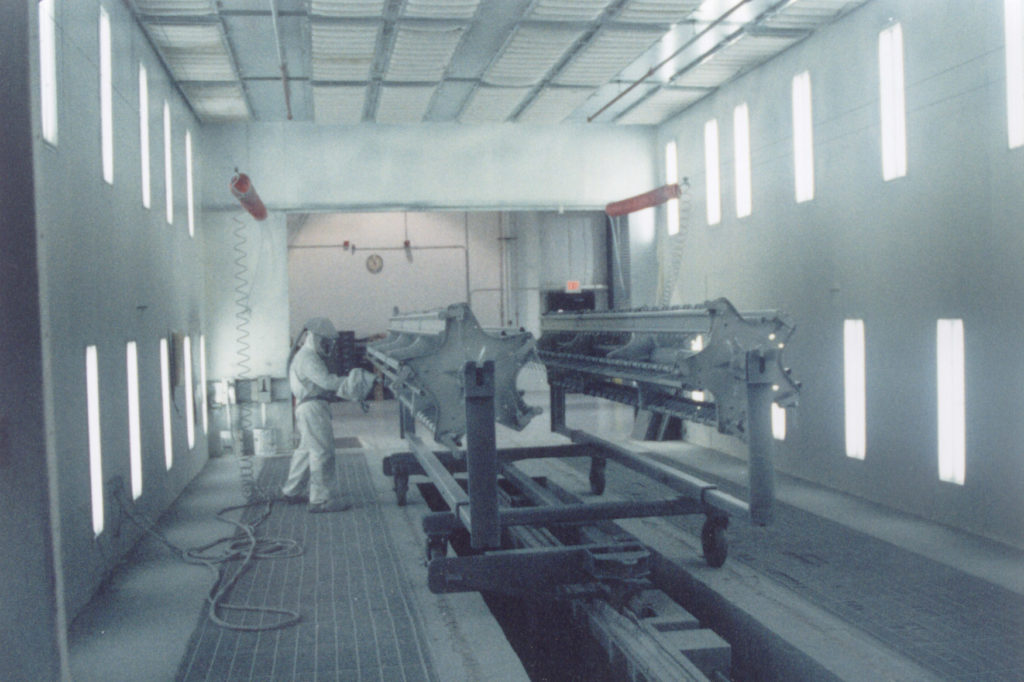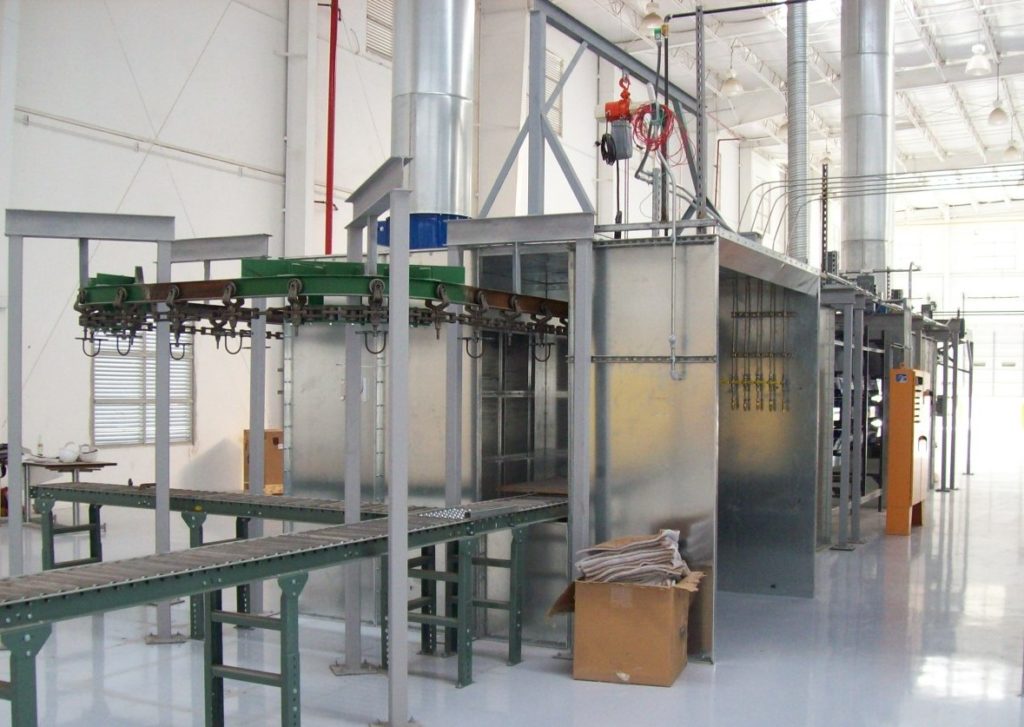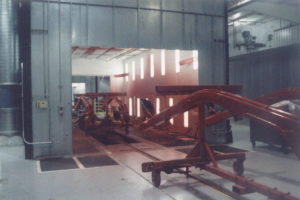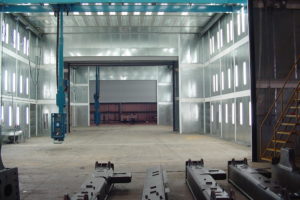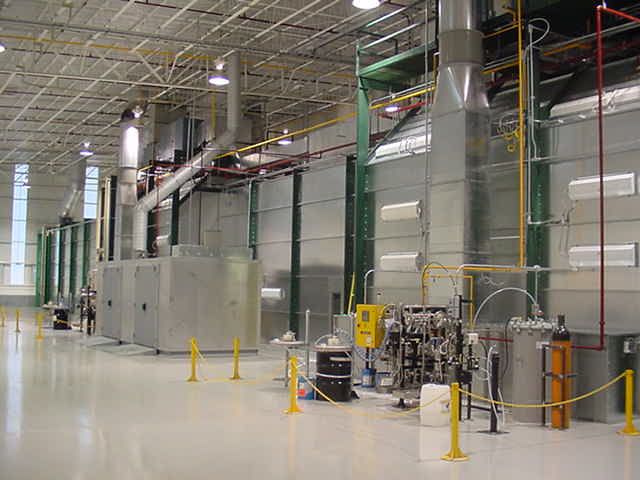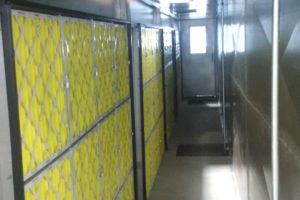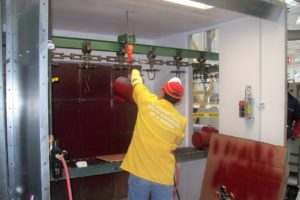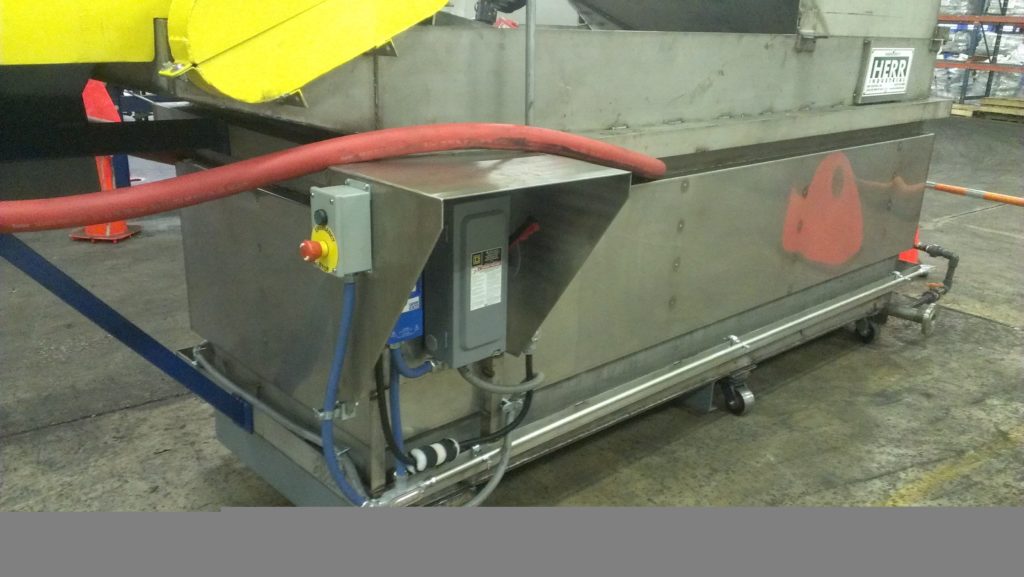LIQUID SPRAY APPLICATION
Spray application is the most common method of liquid painting and can be applied manually for low production or automatically with reciprocators or robots for high production rates. Several types of spray systems are available such as, “airless”, where paint is sprayed under high pressure without atomizing air or, “air spray” including air-assisted airless, high volume low pressure (HVLP) and conventional high pressure air spray. Typically, spray is the least transfer efficient application method and can range from 25% to 50% for non-electrostatic guns and 45% to 70% for electrostatic spray. Electrostatic application electrically charges the paint particles that are then attracted to a grounded, conductive part, usually metal. HERR works closely with your local preferred spray equipment supplier to provide up-front “buy-in” from a local source to insure continuing support for equipment adjustment and use as well as replacement parts.
While paint can be sprayed in an open area if proper health and safety precautions are taken, most sprayed liquid paints are applied in a paint “booth” or enclosure that contains the overspray and fumes. A booth also limits dirt or other outside contaminants from being introduced to the paint operation. Paint spray booths are designed to meet requirements of the National Fire Protection Association (NFPA 33) and other codes that dictate criteria such as air flow, materials of construction, safety equipment, isolation among others. HERR designs a wide variety of booths and booth features as listed below. The booth selection will be based upon your specific application and goals.
- Down, Side or Cross Draft Air Flow
- Continuous and Batch (truck)
- Waterwash or Dry-Filter Exhaust
- Paint Sludge Removal Systems
- Automatic Dry-Filter Change
- Fire Protection
- Exhaust Cascade for VOC Abatement
- Multi-Level and Manlifts for Access
- Roof Slots and “Pop-Top” for Crane
- Air Make-Up with Filtration, Conditioning
- Cure Cycle
- Automatic Doors





